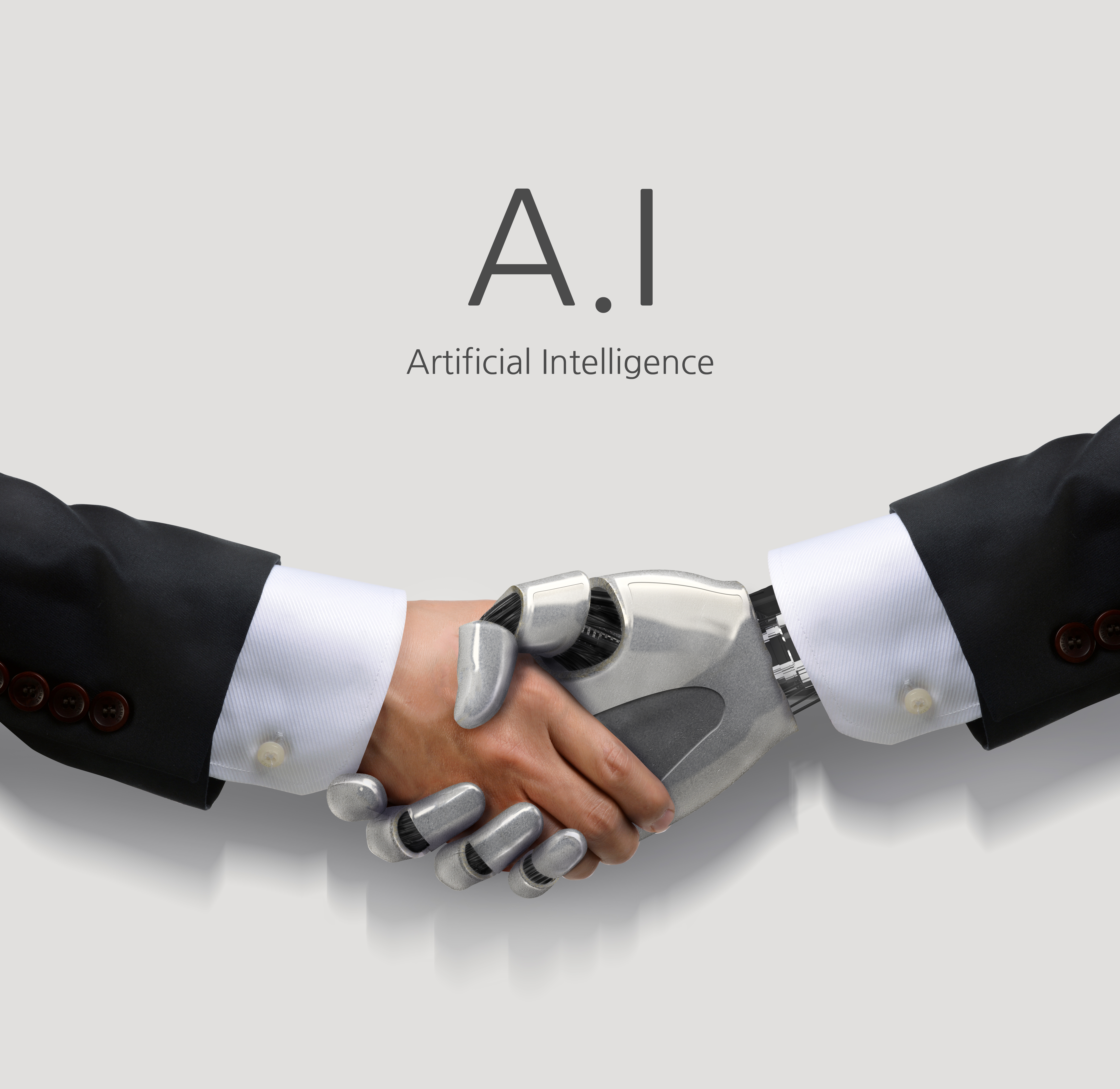
● Fourth Industrial Revolution
The fourth industrial revolution is an epoch of revolution that merges information and communications technology. The fourth industrial revolution is the most important since the first industrial revolution. The first industrial revolution involved people moving from rural communities to cities for work. The second involved the development of new resources and businesses such as steel, oil, and electricity. The third was a period of transition from analog to digital. Finally, the fourth and current revolution is defined by AI, quantum cryptography, IOT, autonomous vehicles, 3D printing, and nanotechnology.
First, artificial intelligence (AI) is intelligence similar to humans in machines. This means that machines with AI can learn. There are weak and strong versions of AI. Weak AI understands our lifestyle and can do work itself, and strong AI can provide optimal solutions by judging situations and making changes, which increases productivity and efficiency.
Second, quantum cryptography is the newest type of encryption for secure communication. While most encryption systems are based on mathematical complexity, quantum cryptography uses aspects of quantum mechanics. Encryption and decryption keys are extremely complex, so hackers find this type of encryption difficult or impossible to break.
Third, the internet of things (IOT) is a collection of tools and devices used to maximize productivity by connecting O2O (online to offline) machines and systems, which sends offline information to online devices. For example, in a hospital, all a patient’s information and the devices to monitor or treat her would be connected and accessible to the doctors, nurses and technicians treating her.
Fourth, autonomous vehicles are machines that can drive and navigate without a human driver in the vehicle. Passengers can do other things while being driven, thereby improving productivity. These vehicles should also be much safer because they can sense threats and react more quickly than people can.
Fifth, 3D printing is a manufacturing technique that produces three-dimensional objects by spraying successive layers of material. Some things that can be made with 3D printers are human organs, cars and car parts, medical devices and even some kinds of food. 3D printed organs will remove the need for patients to wait for an organ transplant. As 3D printing technology continues to develop, more uses will appear and the prices will drop, making it possible for more people to have one at home.
Sixth, nanotechnology is a technology used to measure, assemble, and control things and substances at the scale of atoms and molecules. This technology allows us to create new materials and machines with vast potential in medical, electronic, bio-manufacturing, energy production and consumer fields and products.
These are the main tools and techniques that define the fourth industrial revolution. They have changed and will continue to change most aspects of our lives. We need to anticipate and explore what the fourth industrial revolution has to offer.

● How Will It Affect Us
When the fourth industrial revolution is fully realized, we will live in a world where people, smartphones, streetlights, cars and buildings are interconnected. For example, someone with a smartphone can use it to quickly contact autonomous buses and taxis to take them anywhere. People can check their health anytime through devices throughout their homes that constantly monitor their medical condition. These are some of the ways the fourth industrial revolution will make our lives more comfortable and convenient. In addition, new jobs will be created, and a new education system will emerge.
First, jobs will be lost and created by the fourth industrial revolution. The service industry, as well as many others, will lose many jobs because of automated machines like touchscreen kiosks and robots. Many office and administrative positions in companies will also disappear. Some examples include telemarketers, bankers, insurance salespeople, typists, market research experts and stenographers. However, jobs will increase or be created in the fields of artificial intelligence, biotechnology, robotics, computer science, 3D printing, nanomachines and the information and communication technology (ICT) industry .
Second, the education system will change. With the development of technology, new education systems will rise. For example, there will be social studying platforms that provide individualized quizzes for students and augmented reality interactive learning environments. Depending on the advancement of technology, learning can happen anytime, anywhere. Currently, the majority of people think schools are the only place to get an education, but ICT technology can give students opportunities to study and learn anywhere and everywhere. Individualized education will also be more available. In classrooms with big data technology, individualized education can quickly be made available for individual needs. For example, the touchscreen wall in a cylindrical classroom can be viewed as a customized classroom for each pupil with customized activities. In addition, effective immersion can be done and practical experience can be gained through augmented reality (AR) and virtual reality (VR). These new technologies will remove limitations to learning. This new technologies will also help reduce the education gap. As technology advances, access to educational and cultural opportunities will allow underprivileged children to encounter more learning content than ever before.
These changes will make our lives different than before. As shown above, it is the fourth industrial revolution that affects our jobs, education, and daily routine. Experts say it will flow faster than any previous revolution. We need to prepare ourselves for this revolution and adapt ourselves to it.
● How Can We Prepare
Many things will be change in the fourth industrial age. For example, robots will replace humans in some jobs. Robots can do detailed work more efficiently than humans, can do some work humans can’t and can find information faster than humans. Therefore, many students worry about getting a job because of the fourth industrial revolution. They think robots will take over many jobs, so we should prepare ourselves to cope with this situation.
First, students should learn about the fourth industrial revolution. Many students don’t know about the fourth industrial revolution. According to MBN, more than half of the respondents to a survey said that they did not know about the fourth industrial revolution. Therefore, students should learn about it so they can prepare for it. One interesting aspect of the fourth industrial revolution is that it was defined beforehand. The three previous industrial revolutions were declared revolutions after the fact, but the fourth industrial revolution was identified as a prelude to the unprecedented future.
Second, students should be interested in other areas besides their major. In the fourth industrial revolution, everything will be interconnected. This means interdisciplinary studies are imperative for everyone, especially students. For example, since O2O (offline to online) will be used in hospitals, students who want to work at a hospital should know about O2O. Until now, it has been enough to succeed with the expertise and skills gained in your profession, but that won’t be the case in the future.
Third, students should be creative. We have to do what robots cannot. Robots do better repetitive work than we can, such as typing information from voice commands and collecting material. Therefore, we should develop our thinking power and judgement through many varied activities. It is expected that a significant amount of talent will begin to emerge, as a matter of fact.
It is beneficial that the fourth industrial revolution has been identified because we can prepare for it. Don’t be afraid or impatient. You should be grateful for the fact that your future era has advanced in the name of intelligence and integration, and that it is preceded by the fourth industrial revolution. We can be prepared for the coming changes, but we must begin now.








